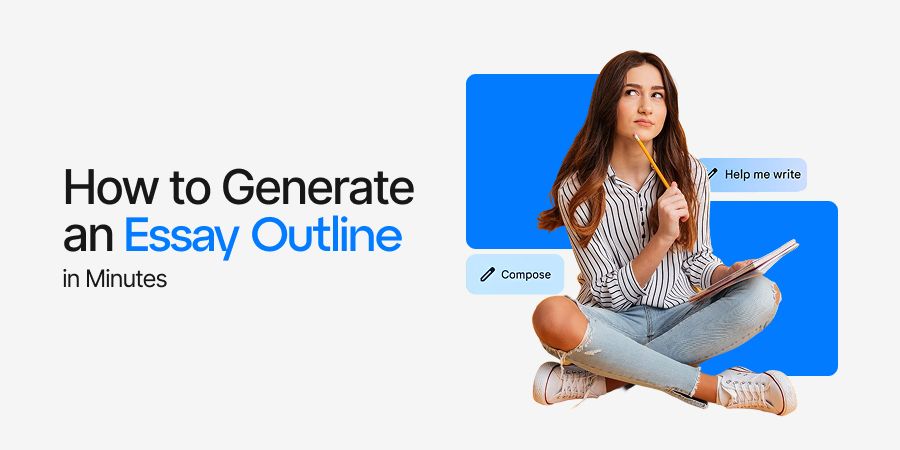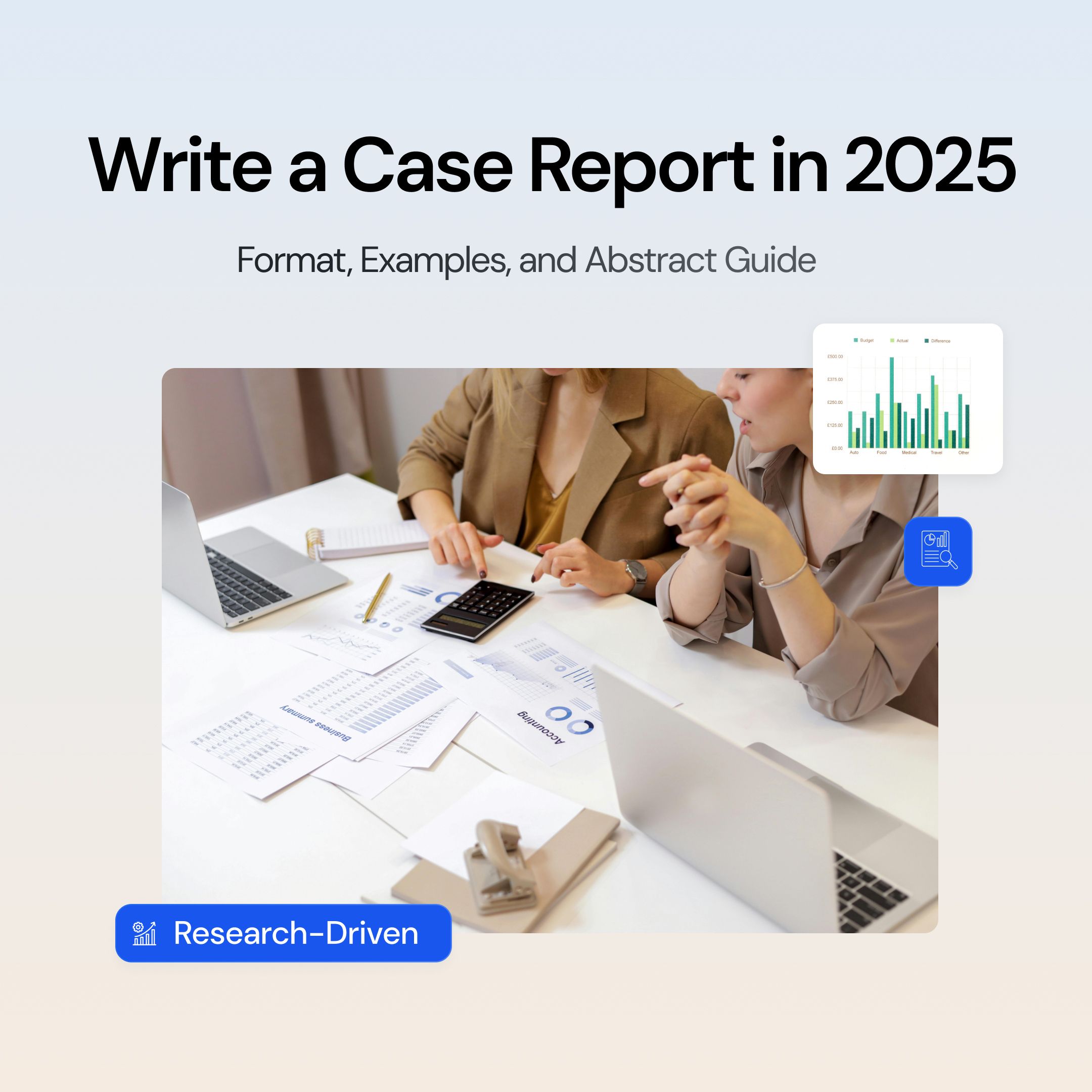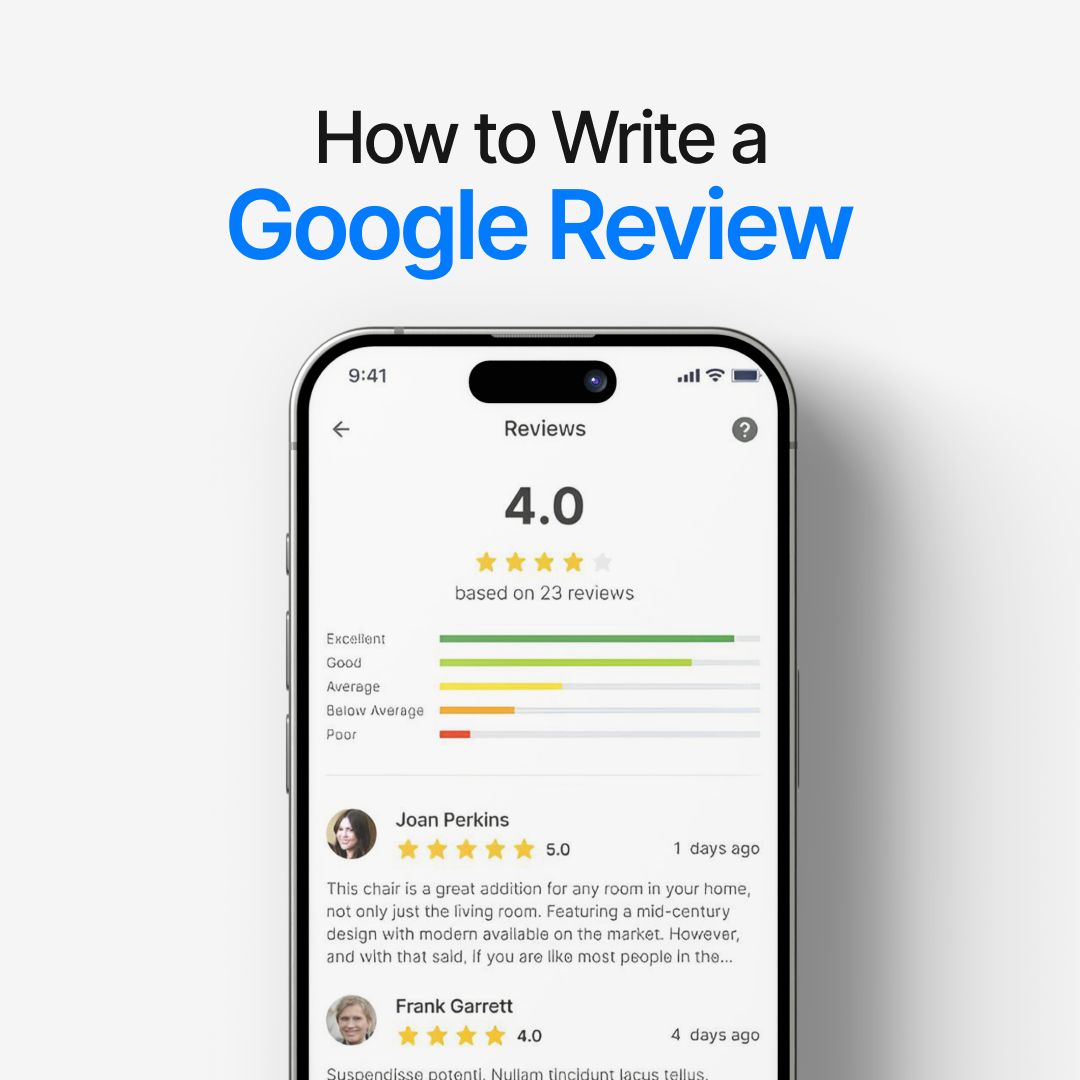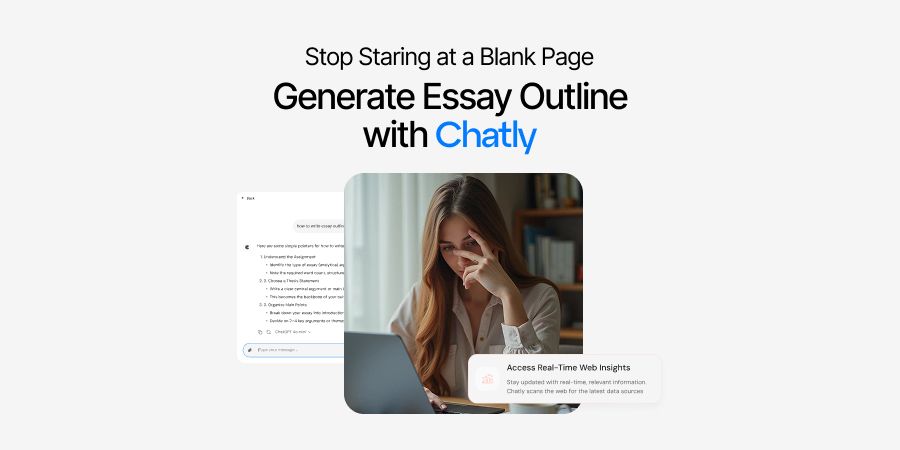
How to Generate an Essay Outline in Minutes
Ever stared at a blank page, unsure how to begin shaping your ideas into something readable?
That’s where an outline comes in. A well-structured essay outline does more than guide writing; it sets the tone for clarity, order, and impact.
An outline forces structure into what might otherwise be scattered thoughts. It helps students, professionals, and even researchers save time, stay focused, and avoid writing themselves into corners. With AI tools now capable of building first drafts of outlines in seconds, the process is faster than ever.
Key reasons essay outlines matter:
-
They keep writing on track by organizing ideas into sections.
-
They ensure logical flow between arguments and supporting points.
-
They save hours of editing later.
-
They improve readability for professors, peers, and even search engines.
In the next sections, you’ll see how to generate an essay outline step by step, supported with examples and practical pointers.
What Must Be The Purpose of an Essay?
Before outlining comes intent. Every essay must answer a central question: what am I trying to achieve here? Clarity about purpose influences not just structure but tone, evidence, and even transitions.
Consider the common essay types:
-
Argumentative essays focus on persuading the reader with evidence.
-
Analytical essays dig deep into a theme, character, or concept.
-
Expository essays explain ideas in a factual, straightforward way.
-
Narrative essays tell a story with a clear sequence.
Each essay demands a different outline approach. An argumentative essay needs strong thesis placement and supporting claims, whereas a narrative thrives on chronological flow. Missing this distinction leads to outlines that feel generic and essays that wander.
How to Generate an Essay Outline, Step by Step
In today’s age and era, especially after the inception of top AI tools, performing most of the tasks have become significantly easier. Tools like ChatGPT and AI writing tools have made it easier to perform a plethora of tasks including generating an essay outline.
Here’s the step by step processing of doing so, with detailed explanations and steps so that you can do it even without assistance.
Step 1: Break Down Into Core Sections
Think of it as carving space for each part of the story:
-
Introduction sets the hook, defines the thesis, and frames the essay’s purpose.
-
Body paragraphs handle main points. Each paragraph takes one idea, backs it with evidence, and links it to the thesis.
-
Conclusion doesn’t simply summarize. It reinforces the thesis, shows implications, and leaves the reader with a reason to care.
Outlines fail when the middle turns into a collection of half-formed arguments. Splitting the body into smaller blocks keeps it structured. A three-argument approach works best for most essay types. One paragraph per claim, each paired with facts, examples, or statistics.
Step 2: Add Supporting Points and Evidence
An outline with only main headings looks neat but hollow. To make it useful, every major idea must rest on supporting points. Evidence gives weight, turns opinions into arguments, and signals that the essay is built on research instead of assumptions.
Supporting details can take many forms:
-
Statistics that highlight scope or urgency of an issue.
-
Examples drawn from case studies, literature, or real-world events.
-
Quotes from subject-matter experts to reinforce credibility.
-
Comparisons that place the argument in context.
An essay on digital privacy, for example, should not stop at “users deserve data protection.” It needs facts on rising data breaches, comparisons between regulations, and examples of high-profile security failures.
Step 3: Organize Flow and Hierarchy
An outline is more than a list of points. Without order, ideas trip over one another, and readers lose the thread of the argument. The real strength of an outline lies in hierarchy, the way main ideas guide supporting details and lead naturally to the conclusion.
Think of it as building a pathway:
-
Start with context so the reader knows why the topic matters.
-
Move to analysis by breaking down arguments into digestible pieces.
-
Group evidence where it fits best, instead of scattering it randomly.
-
End with resolution so the essay circles back to its thesis with clarity.
An essay about renewable energy, for example, might begin with the urgency of climate change, shift into analysis of solar and wind technologies, bring in statistics on costs and adoption, and close with a persuasive case for policy change.
AI-powered essay outline generators can assist by reshuffling content when prompts like “reorder outline to improve flow” or “group points under stronger subheadings” are added. This makes the skeleton of the essay tighter, easier to expand into a polished draft, and optimized for search queries like “how to generate an essay outline” or “AI essay outline example.”
Step 4: Refine and Add SEO Keywords to the Outline
A draft outline often looks functional at first glance, but when viewed through the lens of search visibility it can feel underpowered. Search engines pay attention to headings, subheadings, and the way terms appear in relation to each other. Refining the outline with keywords ensures that when the essay expands, it is not only persuasive but also discoverable online.
The process works in layers:
-
Identify core phrases such as essay outline, generate essay outline online, or AI essay outline tool.
-
Integrate variations like how to create an essay outline or essay outline generator examples into subheadings and supporting points.
-
Balance placement so keywords appear naturally rather than stuffed in every line.
An essay outline about climate policy, for example, should not only feature ideas about legislation but also align them with phrases people search for, like policy analysis essay outline or environmental essay outline template.
Step 5: Expand the Outline Into Draft Sections
An outline is not the destination. It is scaffolding, and the next step is to flesh it out into structured draft sections. This transition determines how well the essay reads, whether arguments build logically, and how engaging the content feels to the reader.
The key is gradual expansion:
-
Turn bullet points into topic sentences. Each line in the outline can grow into a full paragraph with context, evidence, and analysis.
-
Develop subpoints with examples. Raw claims feel thin without illustration. Use data, quotations, or scenarios to add substance.
-
Keep sections proportionate. If one heading runs for a page and another barely fills two sentences, flow becomes lopsided.
-
Maintain keyword presence. Phrases like essay outline example or AI essay generator can be folded into explanations naturally, without forcing them.
Imagine the outline lists “Benefits of Renewable Energy.” Expansion might start with a clear claim, then bring in a statistic on solar adoption, follow with a case study of a city reducing emissions, and end with a link back to the thesis. Each point that once fit on a single line now lives as a full, coherent paragraph.
Step 6: Revise and Optimize for Clarity
A first draft from an outline rarely shines on its own. Revision is where clarity takes shape, tone balances out, and weak spots disappear. Essays that read smoothly often went through several rounds of refinement before reaching that point.
Revisions should target both content and structure:
-
Tighten sentences. Long or wandering lines blur meaning. Shorten them without losing substance.
-
Eliminate repetition. If a point appears twice, merge or cut it.
-
Check transitions. Paragraphs should connect naturally, leading the reader without abrupt breaks.
-
Strengthen keyword placement. Revisit headings and body text to ensure terms like how to generate an essay outline, essay outline tool, and AI essay outline example appear in meaningful spots.
-
Balance tone and readability. Dense paragraphs can be split with subheadings or bullet lists to improve flow.
An analytical essay draft may initially bury its thesis three paragraphs deep. Revision moves it to the front, sharpens its wording, and ensures it links back to evidence throughout. Small edits add up, turning a rough outline expansion into a polished argument.
Step 7: Final Proofreading and SEO Check
Before an essay outline graduates into a finished submission, it must survive a last round of scrutiny. Proofreading and SEO optimization work hand in hand here. A typo can undercut credibility, just as poor keyword use can bury an otherwise strong essay in search results.
Key checks at this stage include:
-
Grammar and spelling. Scan line by line for errors, awkward phrasing, or missing words.
-
Formatting consistency. Ensure headings follow the same style, bullet lists align, and spacing is even.
-
Keyword presence. Phrases like essay outline example, AI essay outline generator, and how to write an essay outline online should be visible but natural.
-
Meta elements. Prepare an SEO title and meta description that summarize value in under 160 characters.
-
Read aloud test. Hearing the essay often reveals clumsy flow or jargon that feels forced.
Consider a constructive example: an essay draft includes the phrase essay outline generator free six times in one paragraph. Proofreading trims this repetition, redistributes variations like AI essay outline tool, and balances density so search crawlers register value without penalties.
How Chatly Can Help You Generate an Essay Outline
Writing an outline is easier when research, structure, and refinement happen in one place. Chatly brings those steps together with AI Search, AI Chat, and access to multiple leading models that support different writing needs.
-
AI Search for Research and Templates
Instead of scrolling through endless results, you can use Chatly’s AI Search to pull curated insights, academic references, and even outline templates. This helps you ground your essay in facts while spotting relevant arguments faster.
-
AI Chat for Drafting and Refinement
Once ideas are gathered, AI Chat helps turn them into a structured outline. You can ask for a thesis-driven outline, a comparative essay structure, or a problem-solution format. Drafts can then be refined until they feel natural and well-balanced.
-
Multi-Model Advantage
Different essays require different tones. With Chatly, you can switch between models like:
- OpenAI GPT-5, GPT-4o or GPT-4o-mini for structured academic tones.
- Anthropic Claude Sonnet for nuanced, balanced phrasing.
- Grok 3 Mini for sharper, witty analysis.
- Gemini 2.5 Flash for quick drafting and faster iterations.
How this helps you generate an essay outline.
- Save time with reliable research sources.
- Use templates to avoid starting from scratch.
- Adapt tone based on audience – academic, professional, or casual.
- Polish drafts until they are clear, focused, and ready to expand into a full essay.
Chatly turns the outline process into a guided experience, helping you bridge research, structure, and style seamlessly.
Conclusion
An essay outline is more than a set of headings. It is the framework that shapes arguments, balances evidence, and keeps ideas moving toward a clear conclusion. Without it, drafts lose direction. With it, writers gain confidence and structure.
Digital tools now make the outlining process faster and smarter. AI-powered platforms highlight gaps, organize flow, and even suggest research directions. Combined with traditional discipline, these tools help transform messy notes into coherent essays that satisfy both academic and search expectations.
Suggested Reads
Frequently Asked Questions
Here are the most-searched questions online related to generating an essay online.
More topics you may like

How to Write a Brand Collaboration Proposal in 2025

Muhammad Bin Habib

How to Write a Case Report in 2025

Muhammad Bin Habib

How to Write a Case Study, with Examples, Tools and Templates

Muhammad Bin Habib

How to Write a Cover Letter with No Experience Using AI Chat

Muhammad Bin Habib

How to Write a Google Review That is Helpful and Feels Unbiased

Muhammad Bin Habib
